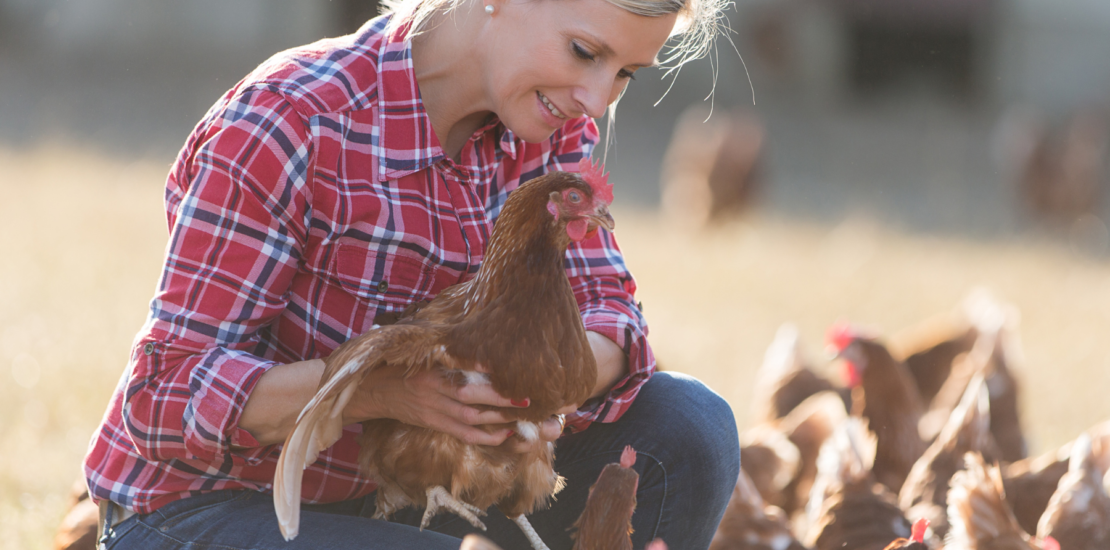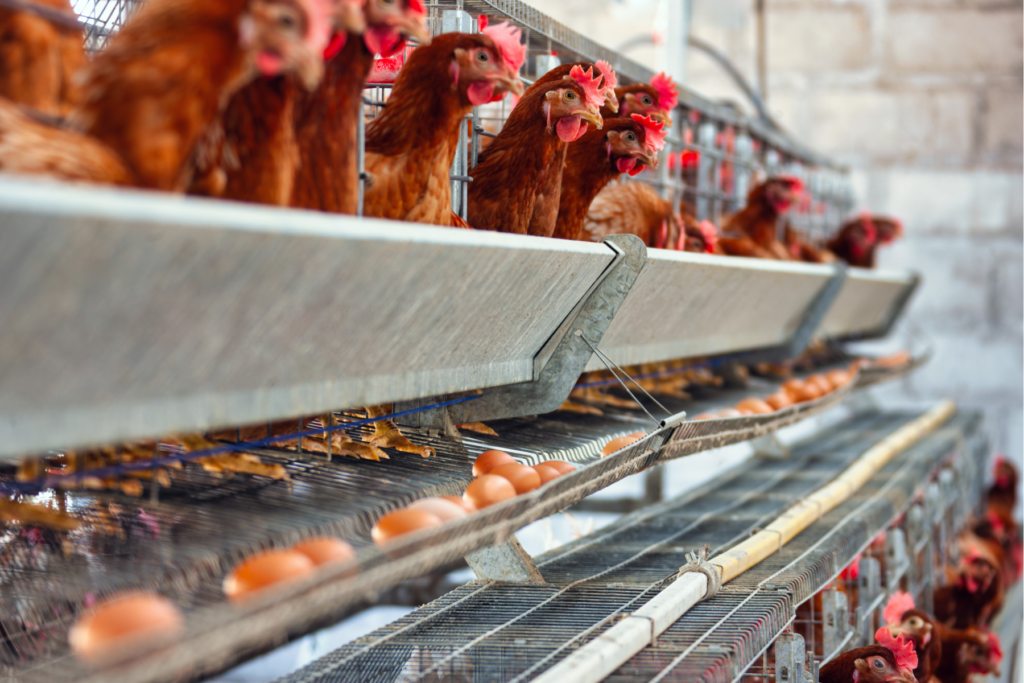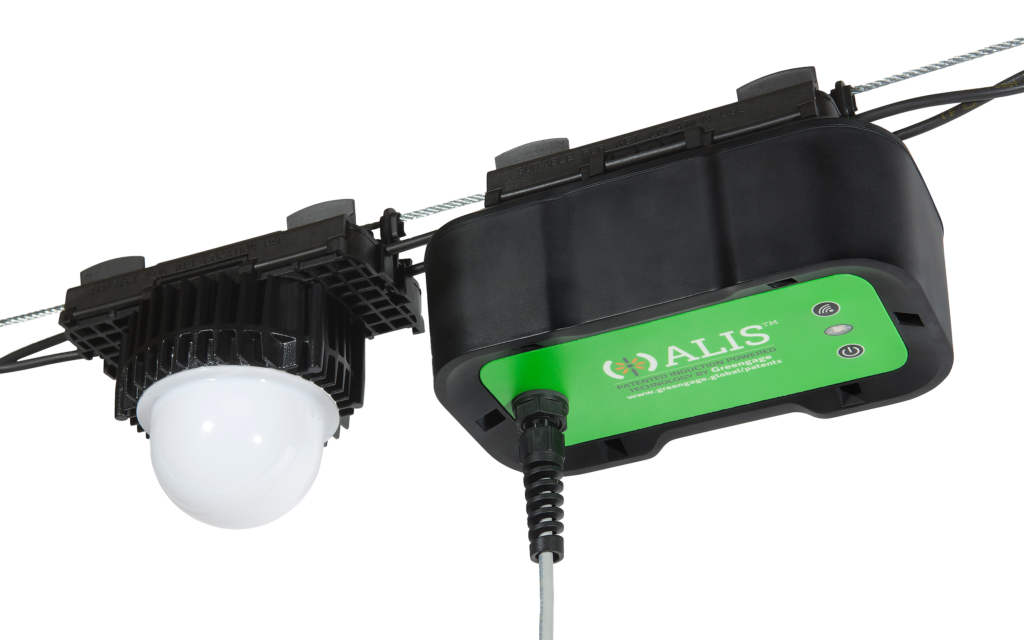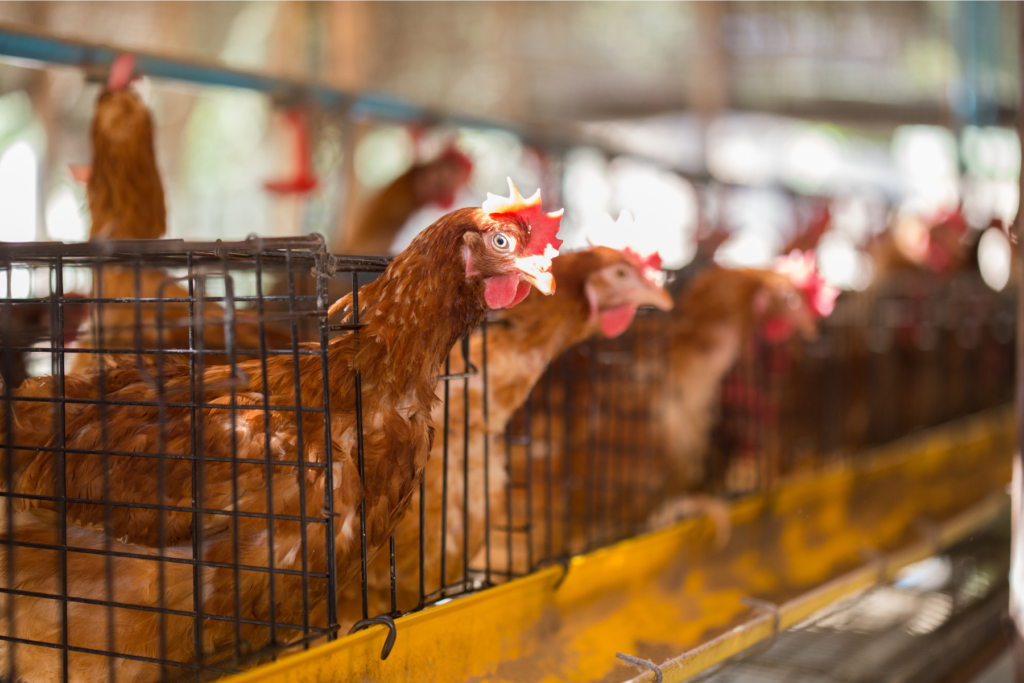- 15 February, 2024
- Posted by: Marketing Manager
- Category: Blog

In the realm of poultry production, ensuring optimal environmental conditions is not just about comfort—it’s a critical factor affecting the health and welfare of the birds. A 2022 study, “High ambient humidity aggravates ammonia-induced respiratory mucosal inflammation by eliciting Th1/Th2 imbalance and NF-kB pathway activation in laying hens,” sheds light on a significant aspect of these conditions: humidity.
Ammonia (NH3), a common irritant in poultry houses, already poses a substantial threat to the respiratory health of birds. The study reveals that the combined effect of ammonia and high humidity levels can exacerbate this threat, leading to more severe respiratory mucosal inflammation. The research, conducted by Chen Wang and colleagues, focuses on how ammonia interacts with humidity to intensify respiratory issues in laying hens, offering crucial insights for the poultry industry.

The Intersection of Ammonia and Humidity
The study details how ammonia, when coupled with high relative humidity, leads to morphological changes in the respiratory tract, disrupts the expression of tight junction proteins, and increases mucin secretion. These effects, in turn, weaken the birds’ respiratory mucosal barriers, making them more susceptible to diseases.
One of the key findings is that high humidity levels not only aggravate the adverse effects of ammonia but also lead to a significant imbalance between Th1 and Th2 cells, a situation detrimental to the immune response in poultry. This imbalance, along with the activation of the NF-kB pathway, culminates in heightened inflammation and weakened disease resistance.

Implications for Poultry Welfare
For those of us in the poultry industry, especially companies focused on enhancing animal welfare through technology, these findings underline the importance of closely monitoring and controlling environmental parameters within poultry houses. Our ALIS Pulse Sensors, which measure ammonia, humidity, temperature, lux levels, carbon dioxide, stress, and movement, play a pivotal role in this regard.
By integrating data from these sensors, we can developed a comprehensive animal welfare score – AWIS – that reflects the real-time conditions faced by the birds. This score informs immediate adjustments to the environment, potentially mitigating the harmful effects of high ammonia, humidity levels and warning about other dangers.

Moving Forward: Integrating Technology and Research
As we continue to explore the intricacies of poultry welfare, the intersection of environmental science and technology offers promising avenues for improvement. The insights provided by studies like that of Wang et al. not only deepen our understanding of the challenges at hand but also guide the development of more effective solutions.
By leveraging advanced sensors and analytics, we can create environments that support the health and well-being of poultry, ensuring both ethical and productive farming practices. This research serves as a reminder of our responsibility to continually adapt and innovate in the face of emerging evidence, striving for the highest standards of animal welfare in poultry production.